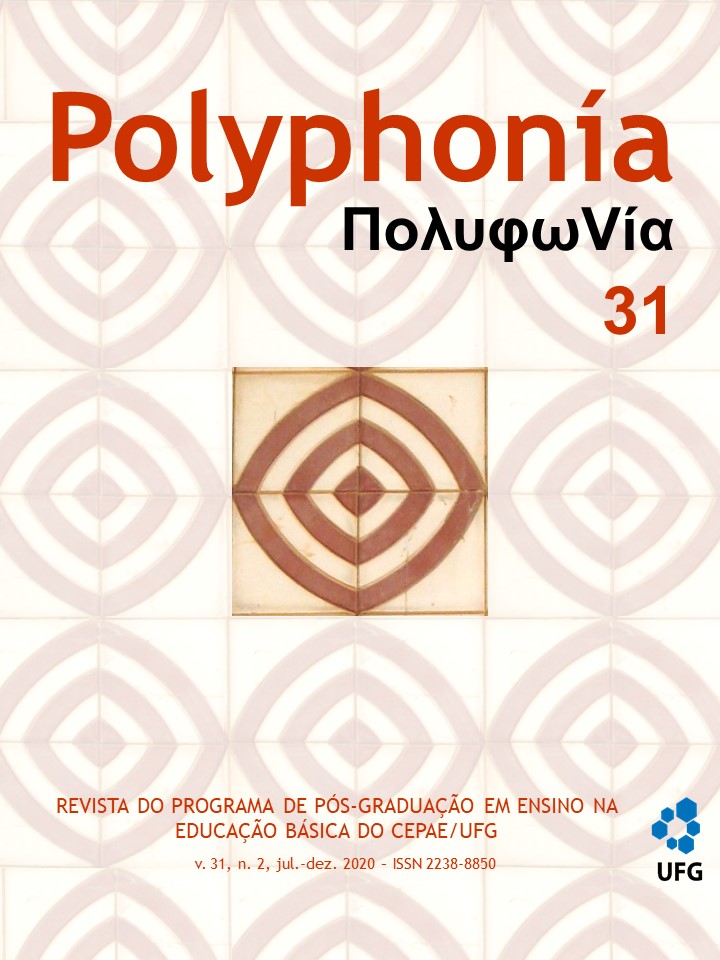Geografia e Google Earth na Sala de Aula: Proximidades, Diálogos e Aprendizagens
DOI:
https://doi.org/10.5216/rp.v31i2.67098Resumen
Hoje utilizamos as tecnologias digitais para diversas atividades, sejam elas profissionais ou recreativas, por isso, pensamos em unir a ferramenta do Google Earth ao ensino da Geografia. Nesse contexto, o presente artigo tem por objetivo principal analisar as potencialidades e a relevância da utilização das tecnologias digitais, com foco específico na ferramenta Google Earth para a construção de uma carta postal fictícia abordando os conhecimentos e categorias da Geografia. No perscrutar dessa investigação, o estudo insere-se numa abordagem epistêmica metodológica do tipo qualitativa e de natureza colaborativa, por meio da qual realizou-se uma prática pedagógica e um questionário aplicado para 27 estudantes de uma turma do nono do Ensino Fundamental de uma escola pública de Florianópolis/SC, em 2018. Os resultados apontaram, em linhas gerais, que os/as estudantes se mostraram acessíveis e flexíveis para a construção dos conhecimentos da Geografia escolar por meio de tecnologias digitais. Acompanhados dessas evidências, os resultados sinalizaram que os/as estudantes não possuem o contato frequente com essas tecnologias na disciplina de Geografia, por conta disso, relataram que a falta de metodologias mais interativas faz com que as aulas de Geografia se tornem descritivas e pouco interessantes.Descargas
Los datos de descargas todavía no están disponibles.
Descargas
Publicado
2020-12-17
Cómo citar
MARTINS JUNIOR, Luiz; CARDOSO ESTEVÃO, Guilherme; MILITZ WYPYCZYNSKI MARTINS, Rosa Elisabete. Geografia e Google Earth na Sala de Aula: Proximidades, Diálogos e Aprendizagens. Revista Polyphonía, Goiânia, v. 31, n. 2, p. 105–120, 2020. DOI: 10.5216/rp.v31i2.67098. Disponível em: https://revistas.ufg.br/sv/article/view/67098. Acesso em: 5 dic. 2025.
Número
Sección
Dossiê Tecnologias Digitais na Educação Básica
Licencia
Política de direitos autorais (acesso livre). Autores que publicam nesta revista concordam com os seguintes termos: Autores mantém os direitos autorais e concedem à Revista Polyphonía o direito de primeira publicação, com o trabalho simultaneamente licenciado sob a Creative Commons Attribution License que permitindo o compartilhamento do trabalho com reconhecimento da autoria do trabalho e publicação inicial nesta revista.
Autores têm autorização para assumir contratos adicionais separadamente, para distribuição não-exclusiva da versão do trabalho publicada nesta revista (ex.: publicar em repositório institucional ou como capítulo de livro), com reconhecimento de autoria e publicação inicial nesta revista.
Autores têm permissão e são estimulados a publicar e distribuir seu trabalho online (ex.: em repositórios institucionais ou na sua página pessoal) a qualquer ponto antes ou durante o processo editorial, já que isso pode gerar alterações produtivas, bem como aumentar o impacto e a citação do trabalho publicado (Veja O Efeito do Acesso Livre).


